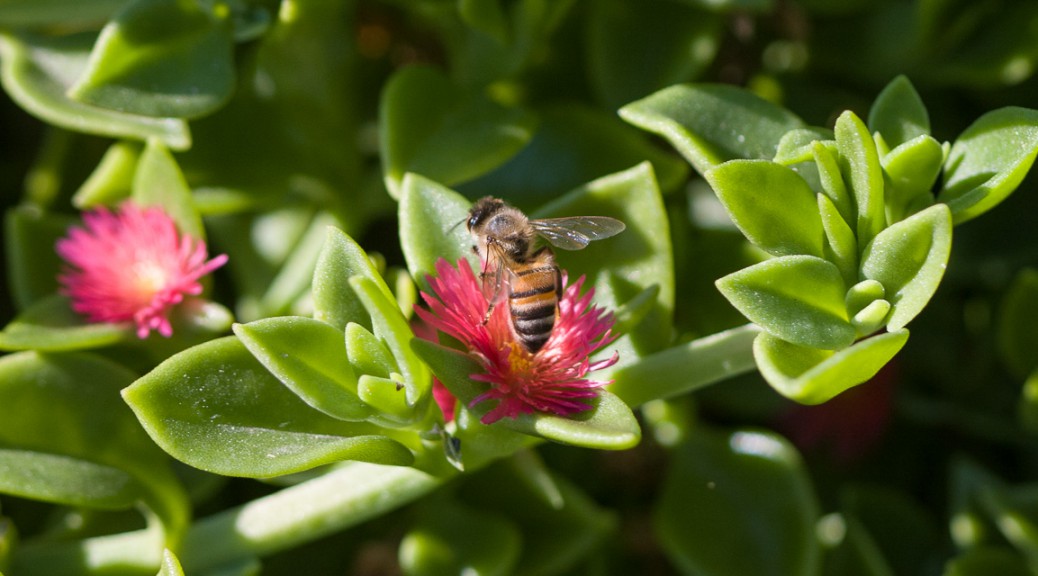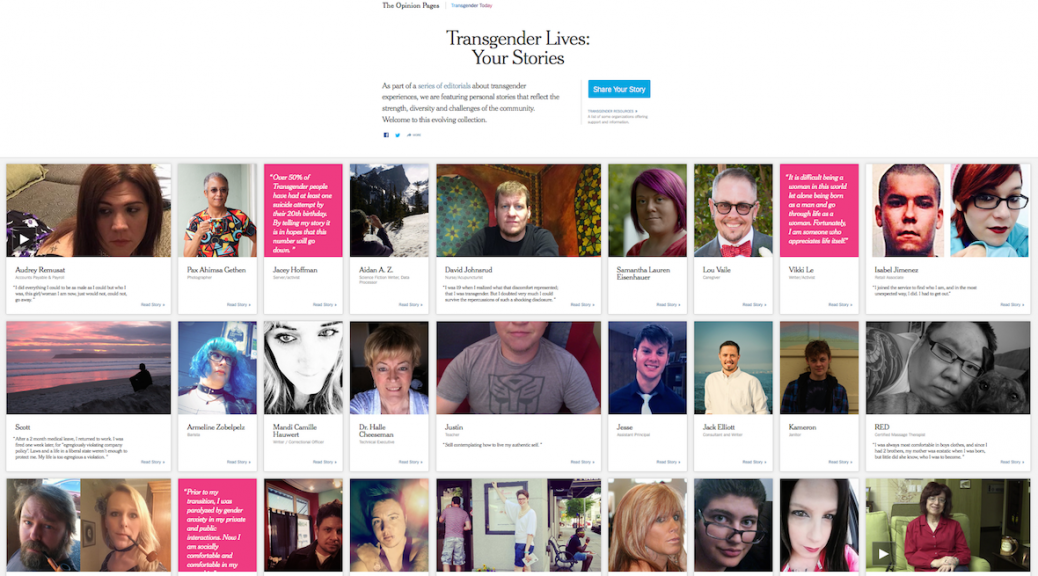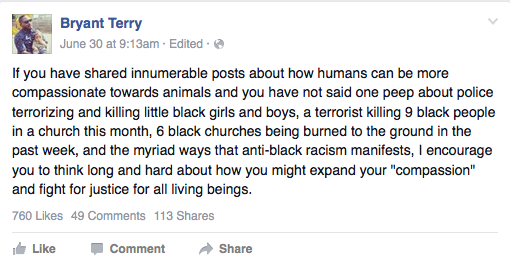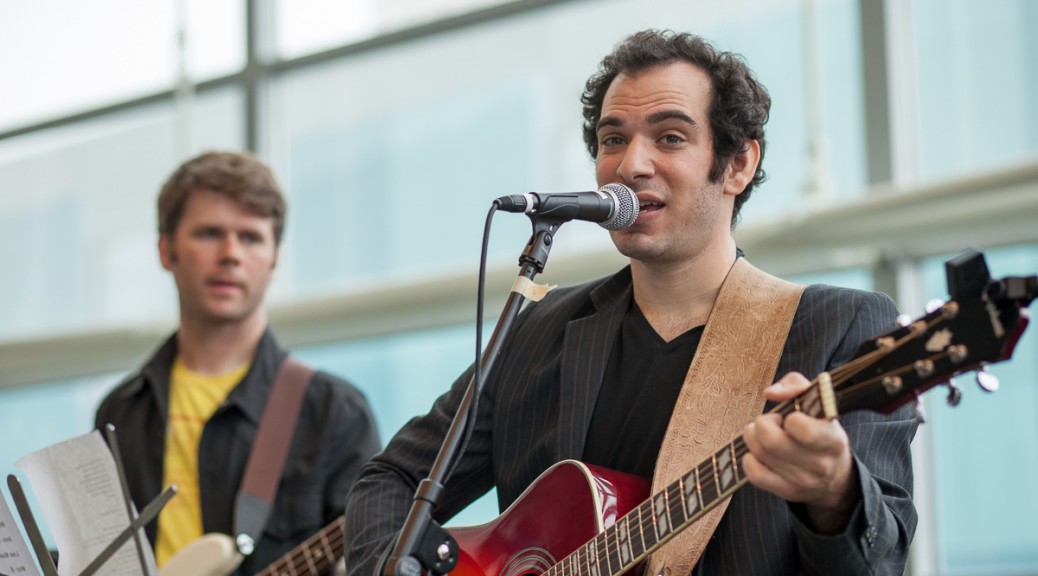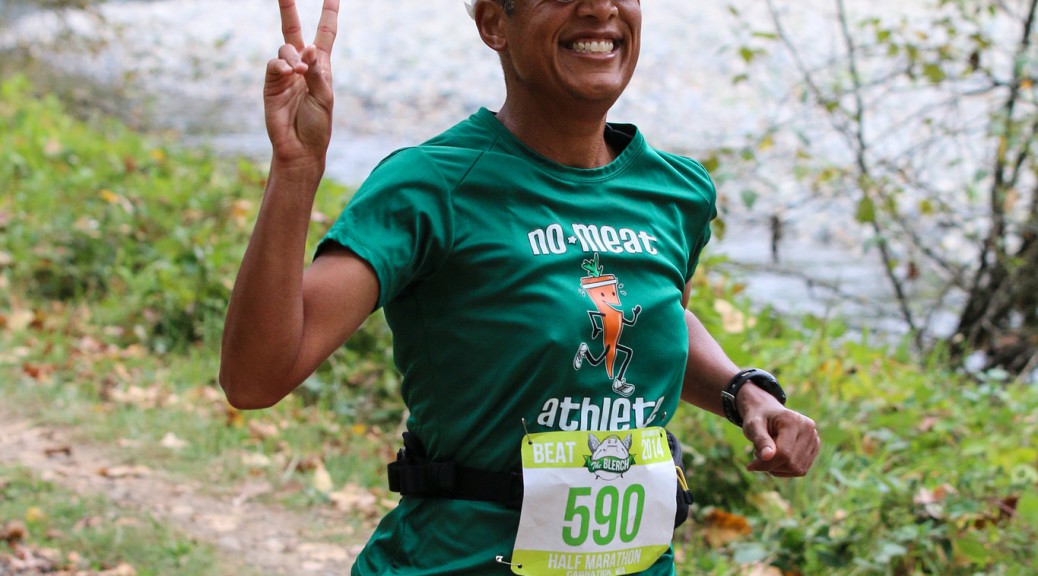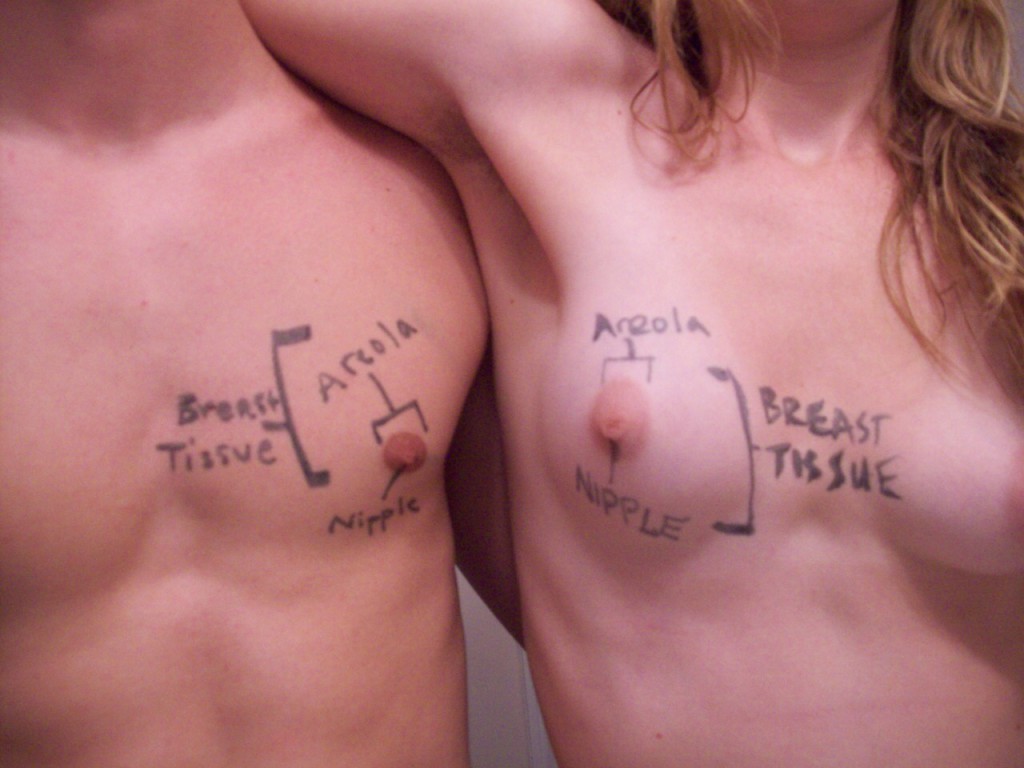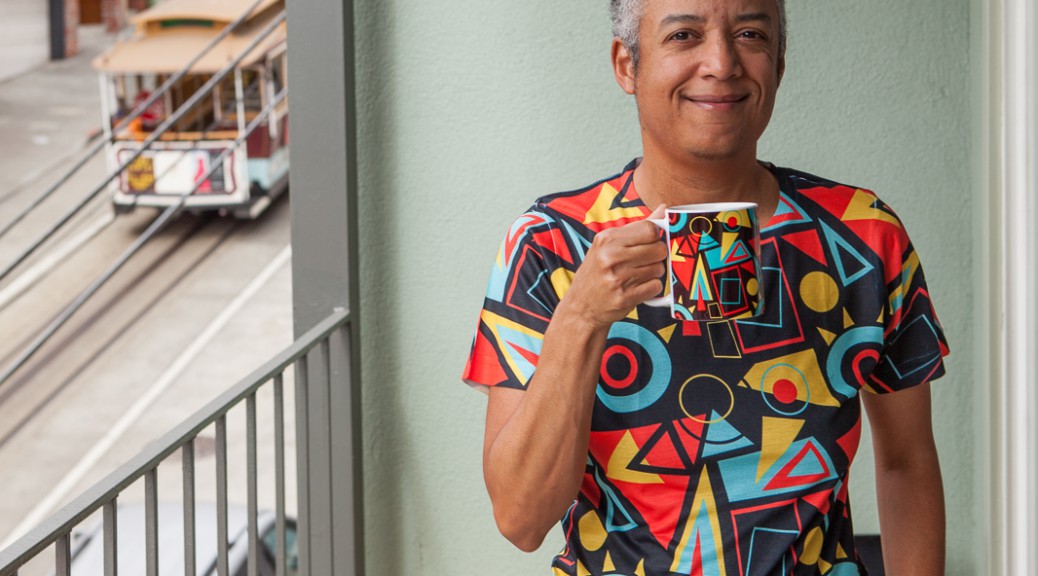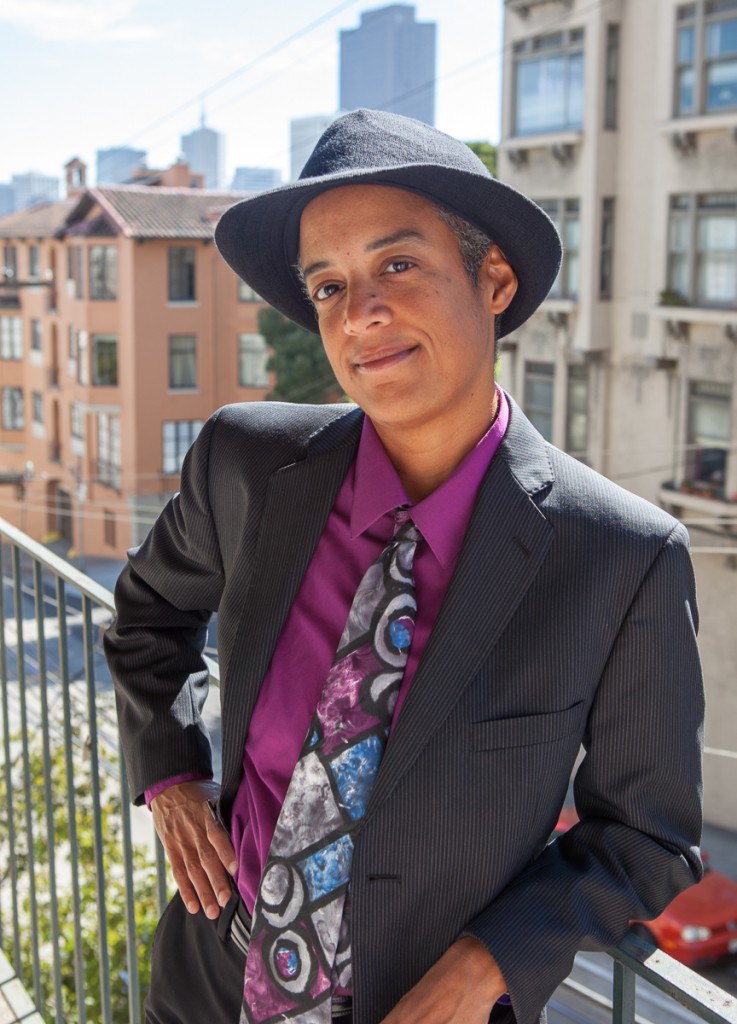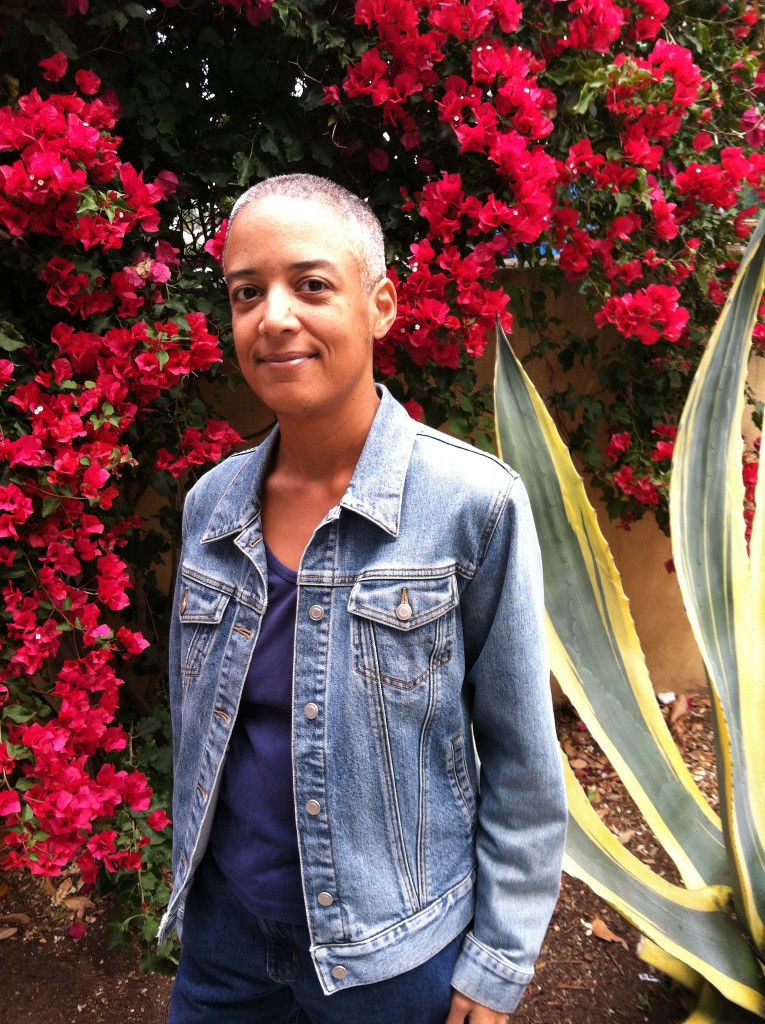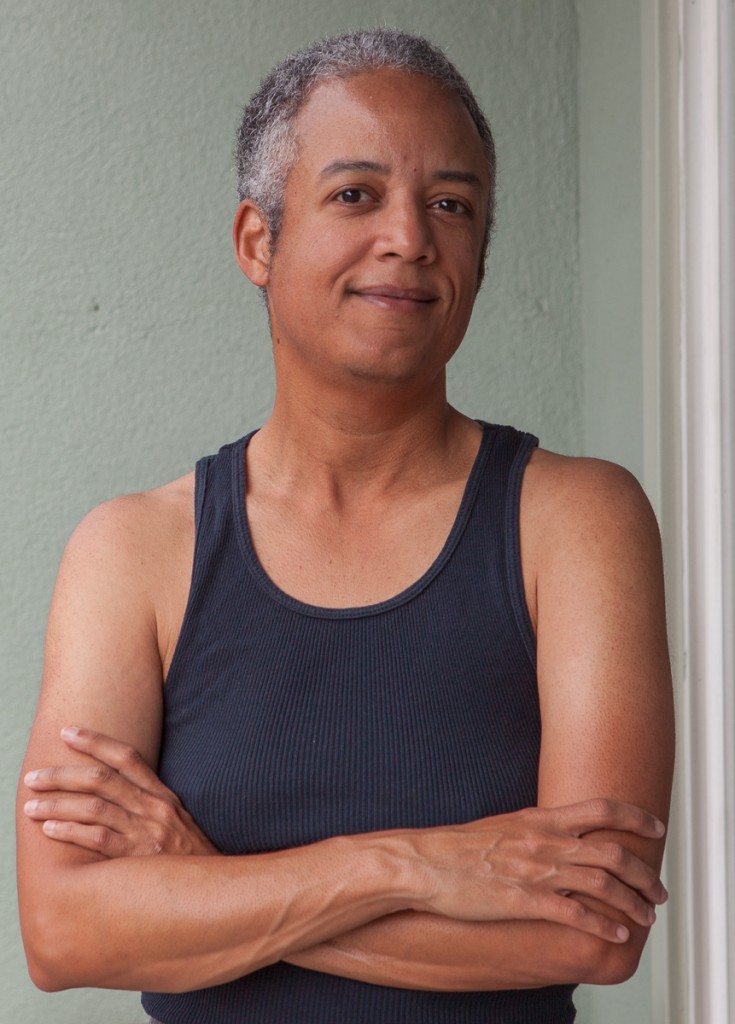Harnaam Kaur is a woman with a beard.
Alex Drummond is a woman with a beard.
What do they have in common, besides having copious facial hair?
- They are both women.
- They both live in the UK.
- They have both been bullied.
- They both deserve to have their gender identities respected.
Facial hair seems to be the last bastion of “manhood.” In many places, cis women can wear pants or neckties, have short hair, abstain from makeup or jewelry, or present in any number of other “masculine” or “androgynous” ways, and still be accepted as women without question. But dare to grow a beard, and suddenly you’ve crossed that line, because everyone knows that only men have beards.
Except that isn’t true, and has never been. As I posted yesterday, cis women with PCOS can grow full beards; Harnaam Kaur is one example. She kept her beard because shaving and hair removal treatments damaged her skin, and also because of her Sikh religion, which forbids cutting or shaving hair. She’s endured quite a bit of bullying for this.
Even female-assigned people without this condition often grow some facial hair. You just don’t usually see this, as women are socialized to remove all traces of it. I found this out in my 30s, when I began to grow some sparse hair on my upper lip and chin. I’d been diagnosed with PCOS when I was younger, but after losing weight, all other symptoms of that condition disappeared. The chin hairs didn’t appear until years later. I shaved them as it looked odd to have hair growing from just one part of my face.
After a year and half on testosterone, I have a lot more facial hair but I still shave regularly, as it’s coming in very unevenly (much to my impatience). I do actually want to grow a beard and mustache, not because I love facial hair (I can take it or leave it) but because it will hopefully cut down on the number of times I’m called “ma’am” or “miss”.
However, I wouldn’t grow a beard if I hated facial hair. The pressure to conform to gendered expectations regarding appearance really bothers me, which is why I felt happy reading Alex Drummond’s story of why she decided to keep her beard and not opt for hormones or surgery. From the sound of her story she actually got bullied more before her transition, when she was living as a man. She is now living authentically, and doesn’t need to subject her body to procedures she does not want in order to “confirm” her gender.
It’s not just women (trans and cis) who are pressured to have a naked face; nonbinary people are too. Some people think being agender means having no visible sex characteristics, including breasts and facial hair, or even body hair. For some people, especially many who identify as neutrois, that might be true. But as I’ve discussed in my entries about being agender, male, and transsexual, it’s not true for me.
My sex is not neutral, it’s male. I personally don’t want to look like Peter Pan or a prepubescent child. I started on testosterone therapy ready to accept whatever physical changes came with my second puberty. This so far has included growing additional body and facial hair, as well as developing male pattern baldness (my hairline is already receding). I’m fine with all of this.
Two nonbinary people I admire who wear varying amounts of facial hair are Tyler Ford (agender), who I wrote about in my article on agender fashion, and Jacob Tobia (genderqueer), who I found in the New York Times Transgender Today gallery, where I was also published. Tyler wrote about navigating the streets of New York as a queer agender person of color, deciding based on their schedule for the day whether or not they should shave, what they should wear, and which gendered restroom was safest for them to use. Jacob spoke about self-acceptance as a genderqueer person wearing both a beard and lipstick:
While I celebrate those who are able to live their authentic selves, I recognize that privilege comes into play. Harnaam Kaur and Tyler Ford, people of color, likely suffer more bullying and harassment for their presentation than Alex Drummond or Jacob Tobia. We cannot ignore the intersections of race, class, and gender. It is simply not safe in many places for everyone to “just be themselves.”
I hope that as more people transcend the artificial boundaries of gender expression, more of us will be able to live safe, happy, authentic lives.
